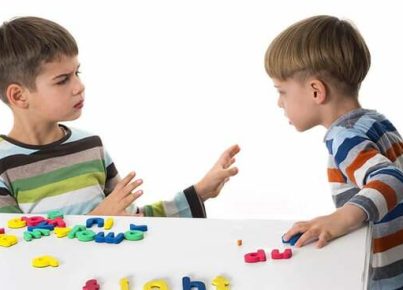Introduction
Anxiety is a common problem among children, and it can significantly impact their well-being and overall quality of life. Helping kids manage anxiety can be challenging, but there are many enjoyable activities that can help lower their stress levels and promote relaxation. Here are 20 activities that can help reduce anxiety in kids:
1. Deep breathing exercises: Teaching your child to focus on their breath and practice slow, deep breaths can help reduce anxiety by calming the body’s stress response.
2. Yoga: Yoga for kids provides an opportunity to improve flexibility, build strength, and develop a sense of inner calm through mindfulness practices.
3. Visualization exercises: Encourage imaginative play by asking children to envision their favorite, peaceful environment or imagine scenarios where they confidently overcome challenges.
4. Mindfulness meditation: Give your child time to be present in the moment through purposeful observation of thoughts, feelings, and sensations without judgment.
5. Progressive muscle relaxation (PMR): Teach your child to systematically tense and relax individual muscle groups for overall stress relief.
6. Listening to calming music: Create a soothing playlist with calming tunes to create a tranquil ambiance for your child that promotes relaxation.
7. Creative art projects: Drawing, painting, and sculpting can act as an emotional outlet for children’s emotions and encourage self-expression.
8. Outdoor activities: Spend time in nature through hiking, biking, or simply playing at the park to encourage physical activity and relaxation.
9. Reading together: Reading stories with your child not only improves literacy skills but also provides an opportunity to bond and unwind together.
10. Laughter and humor: Encourage your child to find joy in daily life by watching funny videos, reading comic books or sharing jokes with them.
11. Aromatherapy: Use essential oils such as lavender or chamomile in a diffuser or warm bath to create a relaxing atmosphere at home.
12. Physical touch: Hugging, cuddling, or giving your child a gentle rub on the back can provide immediate comfort and reassurance.
13. Guided imagery: Use storybooks, videos, or apps that incorporate calming images for children to visualize themselves in peaceful scenarios.
14. Enjoying a hobby: Encourage your child to engage in activities they enjoy, such as collecting stones or learning about insects.
15. Journaling: Invite your child to express their feelings through writing, drawing, or creating collages in a designated notebook.
16. Sensory toys and fidget tools: Provide objects that can be manipulated or squeezed to help redirect nervous energy into physical activity.
17. Pet therapy: Spending time with animals can offer a sense of companionship and promote relaxation through stroking or cuddling with the pet.
18. Practicing gratitude: Help your child develop the habit of acknowledging and expressing gratitude for the positive aspects of their life.
19. Family game night: Create fun memories by playing board games, card games or completing puzzles together as a family.
20. Establishing routines: Provide structure and predictability for children by implementing consistent daily routines for meals, bedtime, and other activities.
Conclusion
By incorporating these activities into your child’s routine, you can help them cope with anxiety and foster an environment that promotes relaxation and well-being. Each child is unique; what works for one might not be the best option for another. It’s important to experiment with different stress-reducing techniques to find what works best for your child’s needs and personality. With consistent practice and patience, both you and your child can successfully navigate anxiety-provoking situations together.





